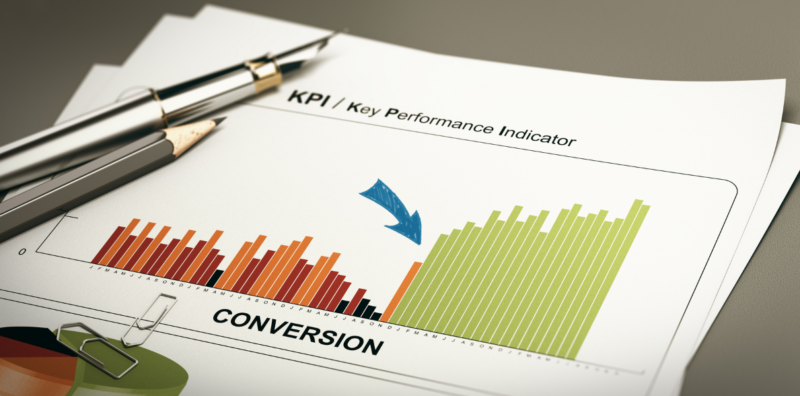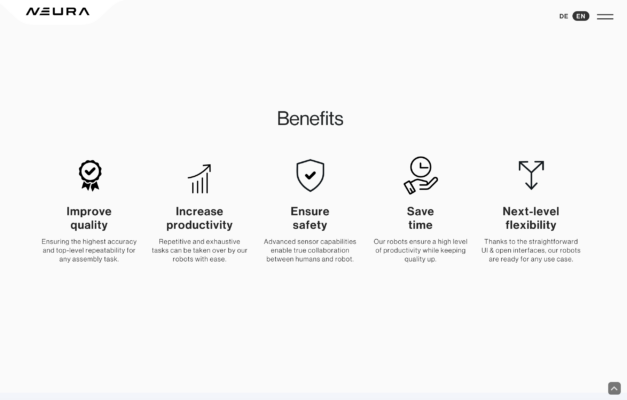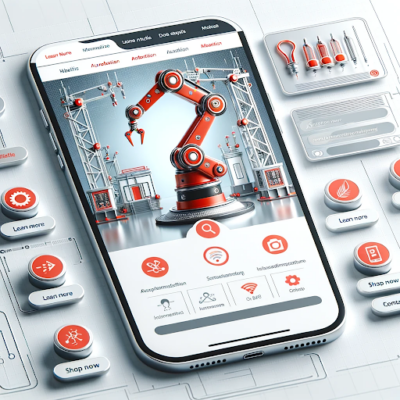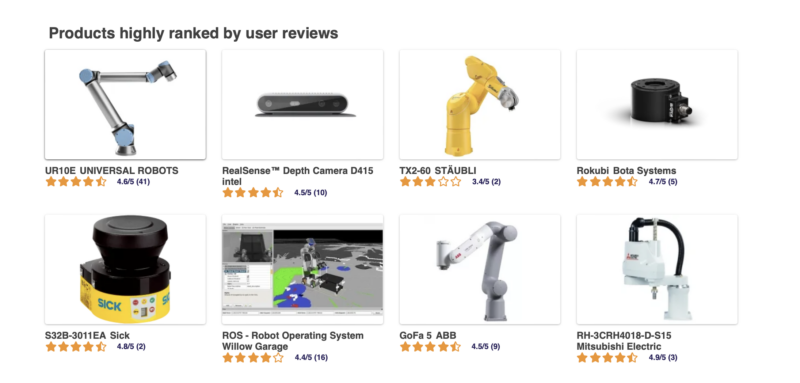Think of this as your personal guide to boosting your website’s ability to turn visitors into customers. It’s perfect for you, whether you’re just starting out or you’ve been in the digital marketing game for a while. We’re going to dive into how you can make your website work harder for you, turning more clicks into actions.
First things first, let’s get ready to make some changes. We’ll look at what makes people click, sign up, or buy something on your site. It’s all about understanding what your visitors want and how you can give it to them in the easiest way possible.
Ready to boost your website’s power?
Let’s get going.
What is Website Conversion Rate?
Your website’s conversion rate is essentially a score that shows how well your site gets visitors to do what you want them to do. This could be buying something, signing up for a newsletter, or filling out a form. It’s a clear sign of your website’s success in making connections and sealing deals.
To find out your conversion rate, you just do a simple math:
Divide the number of people who take action by the total number of visitors, then multiply by 100.
For example, if 250 out of 5,000 visitors buy something, your conversion rate is 5%.
Boosting this rate means making your site more user-friendly and engaging. This could involve making sure your site is easy to navigate, your messages are clear, and your site loads quickly, even on phones.
When you work on improving your conversion rate, you’re not just chasing higher numbers. You’re making your site a better place for visitors. This builds trust and loyalty, which are key to growing your online presence. It’s about making real connections with your visitors and giving them good reasons to take action.

Why is Website Conversion Rate Important?
Your website’s conversion rate is super important because it shows how well your site is doing its job—getting visitors to take action. When your conversion rate is high, it means your website is speaking your audience’s language, offering them what they want, and guiding them smoothly to act. This isn’t just good news for your brand’s image online; it also means you’re getting the most out of every dollar you spend on marketing.
Think of it this way: improving your conversion rate is like tuning a machine to run more efficiently. You’re making sure that every visitor to your site has a better chance of becoming a customer. This requires you to keep an eye on how users interact with your site, tweak the design and content, and make their experience better and better. This ongoing effort to perfect your website not only keeps your audience coming back but also ensures your online presence is strong and effective.

Identifying Your Goals:
Before diving into any project, knowing exactly what you want to achieve is key. What’s your end game? Maybe you want to boost your sales, get more people to sign up for your newsletter, or just get more engagement on your site. Understanding your main goal is crucial because it guides you in planning the right moves that will get you there. Once you know what you’re aiming for, you can direct your energy and resources into strategies that are most likely to work. So, take a moment to really think about what you want to accomplish. This clarity is your first step towards success in the digital world.
To help you focus your thoughts and planning, consider these key questions:
- What specific outcome do I want to achieve with my website?
- Am I focusing on increasing sales, growing my subscriber list, or boosting engagement?
- What does success look like for my current project or digital campaign?
- How can I measure the achievement of my goal?
- Which strategies will most effectively help me reach my target?
Reflecting on these questions will set a strong foundation for your efforts and ensure you’re headed in the right direction.

How to Boost Conversions?
Designing with Purpose:
Your website is more than just a digital brochure; it’s a virtual salesperson. To maximize its effectiveness, it must be intuitive, inviting, and conversion-focused. This entails incorporating simple navigation, clear calls-to-action (CTAs), and a visually appealing layout. These elements form the foundation of a website optimized for driving conversions.
User Experience (UX) Design Principles:
A good UX means your site is a breeze to navigate, loads quickly, and your information is easy to spot and read. Think about choosing simple colors, an easy-to-follow layout, and a menu that gets people where they want to go without any fuss. These steps help your visitors move smoothly from landing on your site to doing what you hope they’ll do, like buying or signing up. When your site feels good to use, people are more likely to return.
Creating Compelling Content:
The content on your website is what pulls people in and keeps them there. It’s all about creating stuff that’s interesting, relevant, and useful to your visitors. Whether it’s a catchy headline that makes someone want to read more, or product descriptions that persuade them to buy, your words matter. They guide visitors on their journey through your site. Put in the effort to create content that speaks to your audience and inspires them to connect more with your brand.
Using Psychology:
Tapping into how people think can really boost your website’s performance. Techniques like showing limited-time offers (scarcity), highlighting positive reviews (social proof), and giving something of value to get something back (reciprocity) are powerful. They play on natural human tendencies to encourage visitors to act. Using these psychological tricks in the right way can make a big difference in encouraging people to make a decision.

Testing & Improving:
Aiming for a higher conversion rate is an ongoing process. By trying out different things on your website (A/B testing), you can figure out what works best. This could mean changing up the design, tweaking your content, or testing different calls-to-action. But it doesn’t stop with testing. It’s about constantly improving based on what the data tells you about your visitors’ likes and dislikes. Keeping up with this cycle of testing, learning, and tweaking is how you keep your website in top shape, always ready to meet your visitors’ needs and stay ahead in the online world.
Feedback Mechanisms:
Set up simple ways for them to share their thoughts, like surveys or a place to leave comments. Hearing directly from people who use your site is gold. It tells you what’s hitting the mark and what needs work. Use this feedback to make changes, big or small, ensuring your website is one they love to use and keep coming back to. Think of your website as ever-evolving, with feedback steering you towards constant improvement.
Trusted Strategies:
Make Your Site Fast and Friendly for Phones:
Everyone’s in a hurry these days, and if your website takes too long to load, people are going to leave before they even see what you offer. Plus, everyone’s using their phones to browse the web. So, if your site works well and looks good on mobile devices, you’re in Google’s good books, and more importantly, your visitors will stick around. Making your website fast and mobile-friendly isn’t just nice to have; it’s a must-do to keep up and keep your visitors happy.
Build Trust Right Away:
Trust is huge. If people trust your site, they’re more likely to do what you want them to do. Show off your good reviews, customer testimonials, and make sure your checkout process is super secure. These trust signals tell your visitors, “You can count on us.” This is how you build a solid foundation of trust, making visitors more comfortable to take action like buying or signing up. Putting effort into building trust can turn first-time visitors into loyal customers.
Personalization:
In a world where everyone is shouting for attention, making your website speak directly to a visitor can really set you apart. Personalizing your site—like showing content or offers that match what your visitors are interested in—makes people feel understood and valued. This can lead to more people taking action on your site. Personalizing your visitors’ experience is key to not just catching their eye, but keeping their interest and turning them into repeat customers.
Follow-up Strategies:
Once someone takes a step on your website, it’s just the beginning. Here’s how to keep the connection strong and turn a single action into ongoing engagement.
Stay in Touch:
First up, make sure you have a way to keep the conversation alive. Whether it’s through email newsletters, follow-up surveys, or thank you messages, reaching out after that initial interaction is key. It shows you value their engagement and opens the door for further communication.
Offer Value:
Next, always offer something of value in your follow-ups. This could be exclusive content, a special discount, or helpful tips related to their interest. You want to make them feel special and appreciated, not just another number in your database.
Request Feedback:
Asking for feedback is a powerful follow-up strategy. It not only gives you insights into how to improve but also makes your customers feel heard. Whether it’s about the purchase process, product satisfaction, or general experience, their opinions can guide your next steps.

Personalize Your Approach:
Lastly, personalize your messages. Use the information you have about their preferences or past actions to tailor your communication. Personalized interactions build a stronger connection and show that you’re paying attention to what matters to them.
Conclusion:
Improving your website’s conversion rates is a journey, not a one-time task. This guide gives you strategies to help turn your site into a place where more visitors take the action you want. The digital world is always evolving, so staying flexible, informed, and creative is key. Think of your website as something that grows and changes. Using the right approaches will ensure it thrives.








